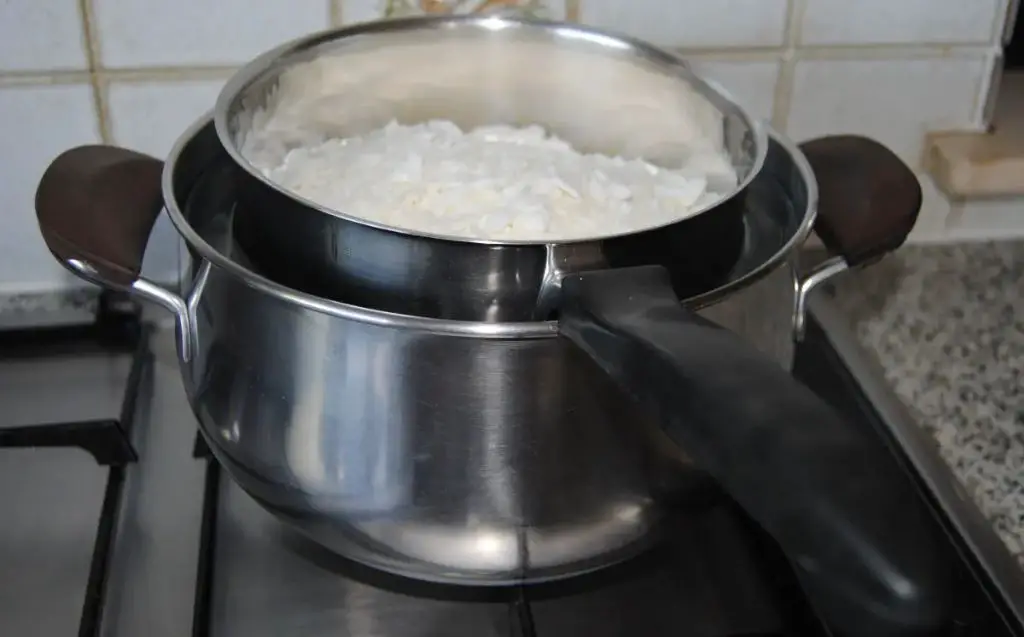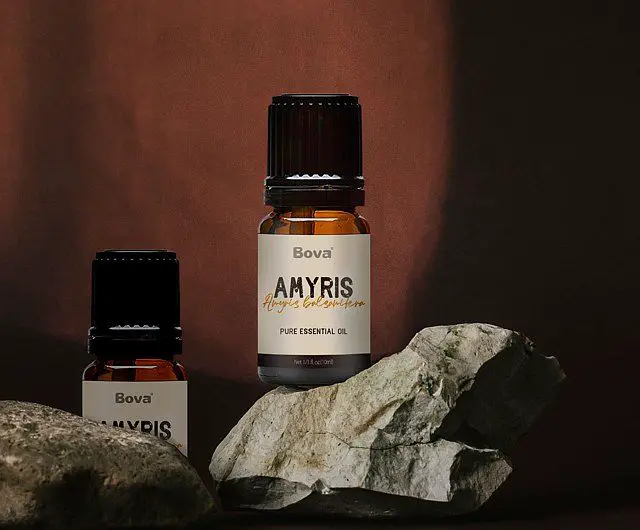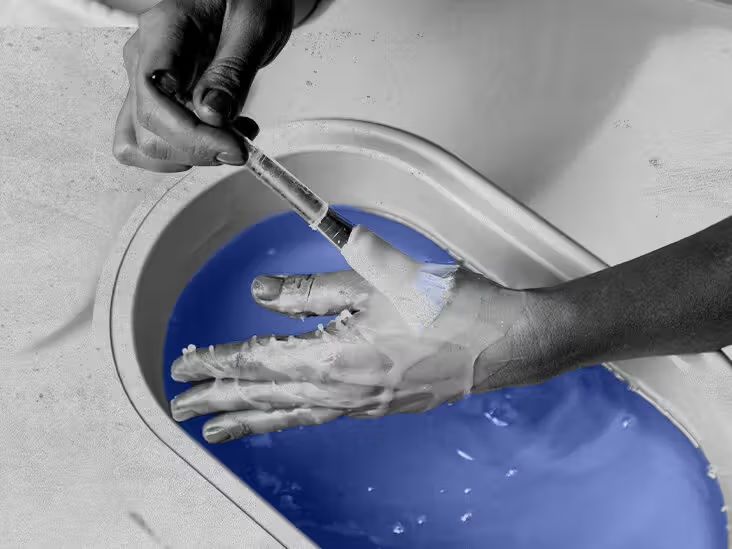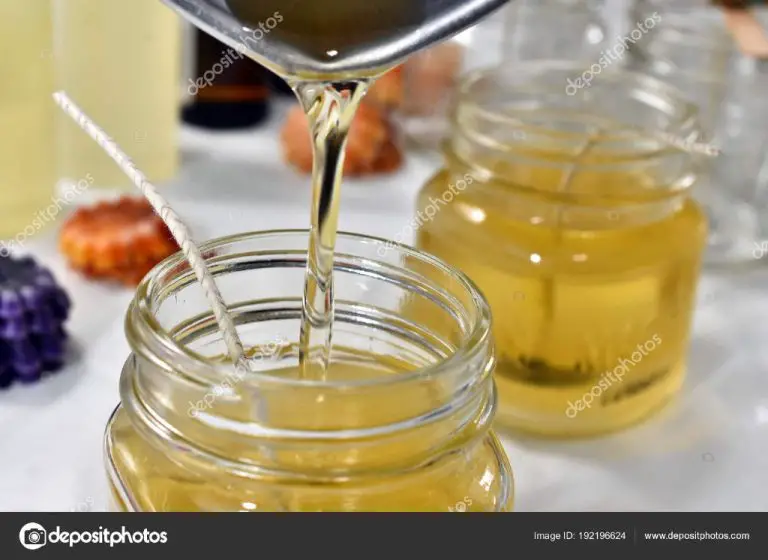How To Make Candles To Sell?
Candle making has become a popular small business venture in recent years. According to the National Candle Association, the candle industry in the U.S. is worth over $3 billion annually (https://candles.org/facts-figures-2/). With the rising popularity of handmade and artisanal goods, many entrepreneurs are turning candle making into a profitable side business or full-time career.
There are many different types of candles that can be made and sold. Some of the most popular candles sought after by consumers include tapers, votives, pillars, jar candles, and decorative candles. Taper candles are tall, skinny candles while votives are short and stout. Pillar candles can be formed into any shape imaginable. Jar candles are poured into glass containers and can feature creative designs. Decorative candles may be designed for specific occasions or holidays.
Equipment Needed
Making candles requires a few essential pieces of equipment (source). The key equipment needed include:
- Wax melting pots to melt wax – Use a double boiler or crockpot to safely melt wax (source).
- Thermometers to monitor wax temperature – Use a thermometer to keep wax at the proper temperature for adding fragrance and pouring.
- Wicks that are properly sized for the candles – Choose wicks that are suitable for the wax type and jar/container size.
- Jars or containers to hold the wax – Glass and metal containers are common choices. Make sure they are heat safe.
- Dyes and scents to add color and fragrance – Use candle dye blocks and essential oils or fragrance oils.
Having the proper equipment for your wax type is essential for making quality candles safely.
Choosing Wax
Candles are made from different types of wax. The most common are soy wax, paraffin wax, and beeswax. Each type of wax has its pros and cons
Soy wax is made from hydrogenated soybean oil. It is a newer, cleaner-burning candle wax. Soy wax melts at a low temperature, so soy candles are prone to melting in hot environments. They also burn slower than paraffin wax and have a short scent throw. Some pros of soy wax are that it’s renewable and made in the USA. Source
Paraffin wax is the most commonly used candle wax. It’s derived from petroleum. Paraffin has excellent scent throw and makes durable candles. Since it’s petroleum-based, some consider paraffin less eco-friendly than soy wax. Paraffin can also release more soot. Source
Beeswax is made from honeycomb. It has a lovely natural honey aroma when burned. Beeswax candles burn longer than other waxes. The drawbacks are beeswax is expensive and difficult to work with – it can be brittle and tricky to melt. Beeswax can also be prone to frosting.
Preparing Wicks
Choosing the right wick size and material is crucial for candle performance. The wick size should match the wax type and candle diameter to ensure proper melt pool size and burn rate. As a general rule, smaller candles need smaller wicks, while larger candles need larger wicks (Source: https://www.candlescience.com/learning/choosing-the-right-wick-size/).
Common wick materials include cotton, paper, zinc, and wood. Cotton wicks are economical and work well for most candle types. Paper and zinc core wicks help anchor larger wicks in bigger candles. Wooden wicks make crackling sounds and are popular for soy candles (Source: https://villagecraftandcandle.com/blogs/news/what-are-the-different-types-of-candle-wicks).
Once you’ve selected the proper wick size and material, prepare the wicks by centering and attaching a wick tab. The tab anchors the wick to the bottom of the container. Make sure any glue or wax used to secure the tab is fully dry before pouring wax over it (Source: https://www.brambleberry.com/how-to/candles/Art0248-picking-wicks-101.html).
Melting and Adding Fragrance

Properly melting the wax is a crucial step in candle making. The wax should be heated to a temperature between 185-200°F to ensure proper melting and mixing with dyes and fragrances. There are a few methods you can use to melt wax:
– Double boiler: Fill a pot with 2-3 inches of water and place a heat-safe bowl on top, without letting the bottom touch the water. Put wax in the bowl and heat until melted. This provides indirect, gentle heating. [1]
– Crockpot or slow cooker: Add wax to the crockpot and set on low, stirring occasionally as it melts. This allows gradual melting without scorching the wax.
– Microwave: Microwave wax in 30 second bursts, stirring in between, until melted. Take care not to overheat or scorch the wax. [2]
Once melted, remove the wax from heat and let it cool slightly to 180-185°F. Then, add dye and stir thoroughly until fully incorporated. Next, add fragrance oils, following the usage rate recommended on the bottle. Stir again for 2-3 minutes to fully blend. Allow to cool before pouring into containers.
Pouring
Proper pouring temperature is crucial for making high quality candles that burn evenly and have a good hot and cold throw. According to candle making experts, the optimal pouring temperature for soy wax is between 135-145°F (Coogar Products, 2020). This allows the wax to flow smoothly into the container while still cooling at an ideal rate. Pouring too hot, above 150°F, can cause issues like sinkholes, wet spots, and poor adhesion to the container. Pouring too cold, below 130°F, may create frosting or textured finishes.
The ambient temperature of the room also impacts pouring. Aim for around 70-75°F room temperature. Lower ambient temperatures will cause the wax to cool and harden faster, making pouring more difficult. Higher ambient temperatures slow the cooling process. Pay attention to humidity levels as well – higher humidity lengthens cure times (Coogar Products, 2020).
Follow these steps for proper candle pouring technique:
- Heat wax to 135-145°F and remove from heat
- Carefully pour into container, avoiding splashing
- Top off container, leaving 1/4 inch headspace
- Allow candles to cool and harden at room temperature
With the right pour temperatures, ambient conditions, and technique, you’ll achieve flawless pillar candles, tins, and jars every time.
Making Specific Candle Types
Be creative and experiment with different candle shapes and designs to make your candles stand out. Some unique candle shapes to try include geometric shapes like hexagons or octagons, fruit shapes, star shapes, heart shapes, animal shapes like bears or elephants, and holiday themed shapes.
You can find silicone candle molds online in all kinds of fun and interesting shapes. Make sure to prepare your wax properly and let it cool completely before removing from the molds. Spraying the molds with mold release first can make removal easier.
For layered candles, first prepare the bottom layer and pour into the container or mold. Let this layer partially set up before pouring the next layer on top. Continue layering different colors of wax. You can create stripes, swirls, or other patterns. Just make sure each layer cools adequately before adding the next.
You can also embed small objects into your candles to make them more unique. Try pressed flowers, coffee beans, seashells, or small beads or charms. Add the items either to the first layer before pouring the next, or gently press them into the top of the candle before the last layer hardens.
Get creative with different candle shapes, layers, and embeddings to make fun and eye-catching designs that customers will love. Just take care not to overload the candle which could impact the burn.
Cooling and Curing
After pouring your candles, it’s important to let them cool and cure properly before using or selling them. Allow the candles to cool at room temperature for at least 12-24 hours before moving them. This gives the wax time to completely harden and shrink away from the sides of the container.
Candle curing is the process of allowing the candle wax to stabilize after it has cooled and hardened. According to Late Harvest Candle Co., “You want to allow ample time for your wax and your fragrance to bind together. You truly want these two components to be integrated into each other.”
It’s recommended to cure candles for 1-2 weeks before burning or selling them. Curing allows the wax to harden fully and the fragrance to stabilize within the wax. As Armatage Candle Company explains, “Part of candle curing is the continual change of a wax after the initial cooling. Harder and stiffer wax requires more thermal energy to melt.”
During the curing process, some factors like temperature and humidity can impact the cure time. Be patient and allow your candles to cure completely to ensure good performance and scent throw when burned.
Labeling and Packaging
All candles that are sold need to meet certain label requirements for safety and regulatory compliance. According to the Candle Label Requirements, Guidelines, and Best Practices article, at minimum, candle labels should contain the following:
- Product identity – The name of the candle scent
- Net quantity – How much wax the candle contains
- Name and address of the candle maker/company
- Ingredient list
- Warning label about keeping candle away from drafty areas, vents, heaters, etc.
Proper labeling ensures consumers have all relevant information about safe usage. The What Needs to be Included on Your Candle Label? article provides more details on label guidelines and requirements.
For packaging, some options are boxes, tins, jars, and tubes. Make sure to select packaging that is flame-resistant. Glass jars are a popular choice as they show off the candle design well. Just ensure the mouth of the jar is wide enough for the candle diameter. Candle box packaging provides an extra layer of protection during shipping. Ultimately, match your packaging to the aesthetic of your brand and candle style.
Selling and Marketing
There are several options for selling your homemade candles, including selling online, at craft fairs and markets, wholesale to shops, and through home parties. Some of the most effective strategies for selling candles include:
Online – Creating an ecommerce website or selling through platforms like Etsy allows you to sell candles to a wider audience. Make sure to utilize SEO best practices and promote your online shop through social media.
Craft fairs – Local craft fairs and markets are a great way to get exposure and sell products in-person. Focus on popular events that attract your target customer demographic.
Wholesale – Selling candles wholesale to local gift shops or boutiques expands your reach. Provide samples and marketing materials like brochures to help generate wholesale orders.
Home parties – Candle home parties let customers experience products first-hand. Offer incentives for attendees to host parties and spread the word about your business.
When it comes to marketing your candle business, some effective strategies include utilizing social media marketing, content marketing through blogging, email marketing campaigns, and having great product packaging design. Focus on building an emotional connection with customers by telling your brand’s story.




